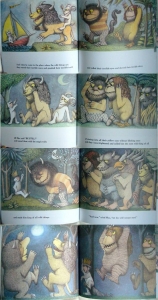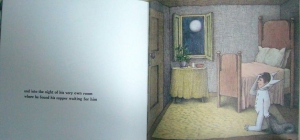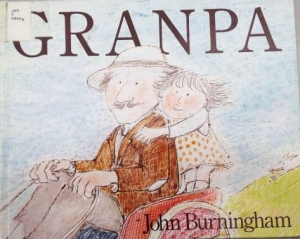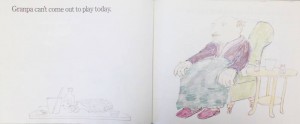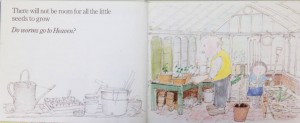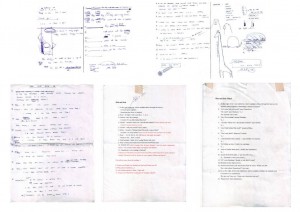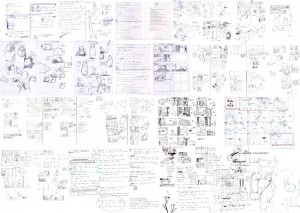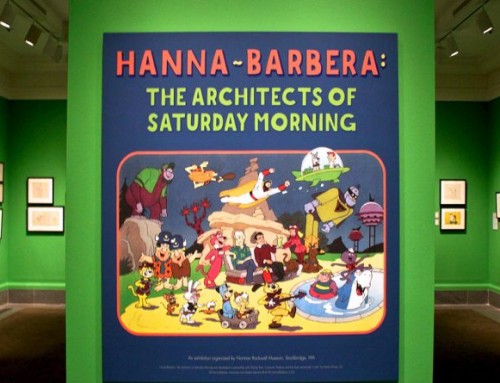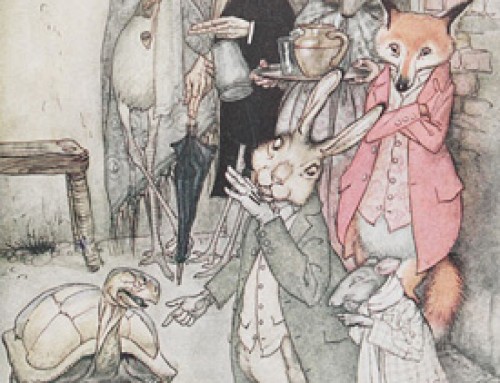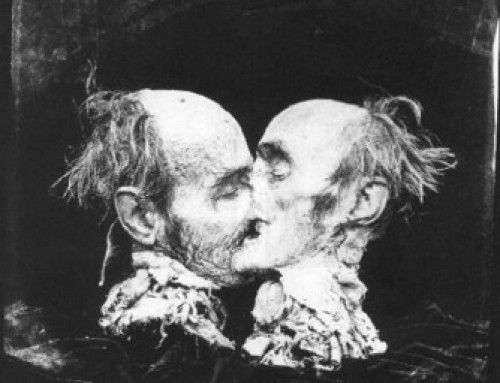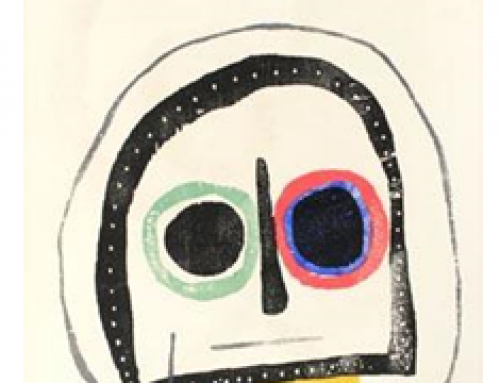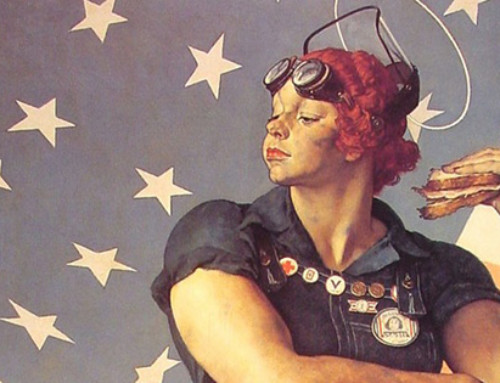By Il Sung Na, grad student MICA’s Illustration Practice, Fall 2013, Critical Seminar, Final Paper
Is it a book only for children?
Is it easy to make one and to be an author?
A well-known British author John Burningham said “If you tell people you do children’s books, they say, ‘What fun!’ There is no fun attached to it at all, it’s a bloody nightmare. I find it very difficult.”(Calkin) Why did he say that? Mainly because people think making children’s book is easy. Maybe because illustrations in children’s books are not like art, but child-like drawings. Maybe because there are not many words in it. Interestingly enough, Maurice Sendak added “A picture book is not only what most people think it is-an easy thing, with a lot of pictures in it, to read to small children. For me, it is a damned difficult thing to do, like working in a complicated and challenging poetic form.”(Lanes) Even though children’s books look easy to make, there is much thoughtful effort behind their creation.
Maurice Sendak said a book has a rhythm, much the way a piece of music is rhythmic from beginning to end. A book itself becomes music when it encompasses the pauses and repetitions, loudness and softness, all within an overall package that carries the reader from the first page to the last.(Schiller) This sort of orchestration is what makes a children’s picture book so different. In Sendak’s Where the Wild Things Are, notice how the image screen gets bigger and bigger as Max’s imagination begins to grow and expand. A forest grows in his room until it fully fills the page. At this point in the story Max sails off to his imaginary land. While the image screen gets bigger—causing the reader to feel welcome to get into the story with Max.
Where the Wild Things Are
The illustration begins on the left page with considerable white margin around it. As the story progresses the images get wider horizontally. Once Max arrives on the main land where wild things are, the illustrations stretch to fill the pages until they finally become a full spread when the story reaches the climax.
Where the Wild Things Are
As the illustrations get bigger, tensions also grow. This way the reader becomes immersed in the emotions as Max does.
Once the story reaches its climax, the illustrations shrink down as Max makes the journey back home. Because this book has a compelling rhythm, visual impact and abundant imagination, it has become a classic.
Sendak goes so far as to comfort the reader–when Max is back in his room from his long and arduous journey, there is a warm bowl soup, milk, and piece of bread on the table waiting for him. Reminding us that there is no place like home.
Where the Wild Things Are
The monsters in this story, represent grown-ups from Max’s point of view. We don’t know what Max’s parents look like or any of the other grown-ups around him, but it appears that Max is having a hard difficult time with his parents because he is a mischievous boy and causes troubles all the time. He may think that grown-ups only point out his faults and blame him and perhaps this is why he sees grown-ups as monsters. In his dream, he can dominate all the monsters because he is a king. Max may not be as good a boy as all parents want children to be, but he is nevertheless an ordinary boy like most others.
Maurice Sendak said, “There are basically two approaches to illustration. First, there is the direct, no-nonsense approach that puts the facts of the case into simple, down-to-earth images. Then there is, for want of a better term, illumination. As with a poem set to song, in which every shade and nuance is given greater meaning by the music, so pictures can interpret texts.”(Lanes) This is a truism of illustration. Illustrating picture books is not necessarily illustrating text as it is written, but it can be an opportunity to show the scenes behind the text.
The children’s book author John Burningham said, “Once I have got the idea, and I have begun to work on it, then I feel that above all my audience is not just children, it’s much broader than that, it’s people. And whilst I am working towards simplification, I am trying to steer away from childish things.”(Blake)
I did not appreciate Burningham’s books when I was a student–I thought the illustrations rather childish. After I became involved in the world of children’s picture books, I began to admired and wanted to know more about his work.
The more I learned about picture books, the more I came to admire Burningham’s childlike drawings. Especially the way he breaks-up a figure’s shape and uses loosely drawn lines to evoke emotion.
Granpa
By John Burningham
Published in the US in 1985 by Crown Publishers
Originally published in UK by Jonathan Cape Limited
For instance, in his book Granpa, Burningham reveals a beautiful relationship between a little girl and her grandfather. This story is about absence, death and loss; but we do not know this until the end when we see the emptiness of Granpa’s chair.
This story is about the conversations between a little girl and her grandfather. The conversations are very odd making the reader smile as a little girl asks irrelevant questions and her grandfather’s answers are nothing about the little girl’s questions. While this might sound weird, even though they appear to be having a conversation, they are saying nothing relevant to one another.
Making a children’s picture book is a very difficult job indeed. My own ideas and stories for children’s picture books are not like those of Maurice Sendak’s or John Burningham’s, nor should they be compared. But I do care about how I approach and develop my ideas. What I typically do is collect references which explain my idea. Once I collect enough references, I write a story, trying to keep it simple. I believe that images can tell more about the story than the texts. Things can be changed at this stage and the story may go any directions I desire.
The above image shows how I the work looks at the beginning. It all begins with a little doodle on the top left page. A rough idea of the story spreads out as it is worked on. It gets shaped after long consideration and deliberation.
Once there is a story line, little thumbnail sketches are made so that we can see whole scenes as they flow together. With a storyboard we can see how the book will shape-up in the end and see how and if the story flows. All author/illustrators go through these steps when they make a children’s picture book. Children’s picture books might be under estimated with regards to their difficulty and artistry. But children’s picture books are certainly more elaborately conceived and produced than perceived. And better yet the format is one which both grown-ups and children may enjoy. With easily acquired mass-produced children’s picture books, anyone can enjoy beautiful illustrations at a reasonable prices.
WORKS CITED:
Calkin, Jessamy. “Inside John Burningham’s world” https://www.telegraph.co.uk/lifestyle/10160052/Inside-John-Burninghams-world.html. 04/07/2013. visited 11/19/2013.
Bayley ,Clare. “Indulging the urge to muck about” https://www.theguardian.com/books/2000/sep/02/booksforchildrenandteenagers. 09/01/2000. visited 12/03/2013
Blake, Quentin. Magic Pencil Children’s Book Illustration Today. The British Council, 2002, p62
Burningham, John. Granpa. Crown Publishers, Inc. 1985.
Harvey, Richard. “An Interview with… John Burningham” https://webcache.googleusercontent.com/search?q=cache:8wJuWxVfRqwJ:www.therapyandspirituality.com/articles/parenting-society/rh-inspfather-john-burningham.doc+&cd=4&hl=en&ct=clnk&gl=uk. visited 11/26/2013
Lanes, Selma G. The art of Maurice Sendak. Abradale Press/Harry N. Abrams, Inc. 1984, New York, p109.
Schiller, Justin G. Maurice Sendak A Celebration of The Artist and His Work. Abrams. 2013. p215.
Lanes, Selma G. The art of Maurice Sendak. Abradale Press/Harry N.Abrams, Inc. 1984, New York.
Sendak, Maurice. Where the Wild Things are. Harper & Row. 1988 (25th anniversary edition)



